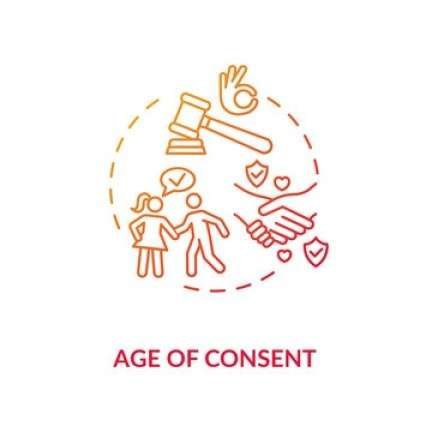The age of consent refers to the legal age at which an individual is considered capable of consenting to engage in sexual activities or relationships. This legal threshold is crucial in defining the point at which a person can willingly participate in sexual acts without the risk of being deemed incapable of providing informed consent.
Table of Contents
Key Aspects of the Age of Consent
1. Legal Definition and Context
- Legal Framework: Each country or jurisdiction sets its own age of consent laws, which can vary significantly.
- Consent Principle: Protects individuals from exploitation or abuse by establishing a minimum age requirement for sexual consent.
- Cultural Variations: Different cultures and legal systems have diverse perspectives on the age at which individuals are considered capable of consenting to sexual activities.
2. Determining Factors
- Statutory Provisions: Laws typically specify the minimum age below which consent is not legally recognized, aiming to protect minors from exploitation.
- Capacity to Consent: Emphasizes the importance of individuals being able to understand the nature and consequences of their actions when engaging in sexual relationships.
- Exceptions and Provisions: Some jurisdictions may allow close-age exceptions or provisions based on specific circumstances.
Detailed Explanation and Examples
3. Legal Standards and Variations
- Global Standards: While there is no universal age of consent, many countries set it between 16 and 18 years, with some variations for specific circumstances or cultural contexts.
- Legal Consistency: Age of consent laws are designed to ensure consistency in defining when sexual relationships are legally permissible.
4. Examples of Age of Consent Laws
- United States: The age of consent varies by state but generally ranges from 16 to 18 years old. For instance, in California, the age of consent is 18 years.
- United Kingdom: The age of consent is 16 years old. Individuals under this age cannot legally consent to sexual activities.
- Japan: Sets the age of consent at 13 years old, but with additional provisions to protect younger individuals from exploitation.
Practical Applications and Implications
5. Protecting Vulnerable Individuals
- Legal Safeguards: Age of consent laws aim to prevent exploitation and protect minors from engaging in sexual activities they may not fully understand or consent to.
- Education and Awareness: Promoting awareness of age of consent laws helps individuals understand their rights and responsibilities in sexual relationships.
6. Legal and Social Impact
- Criminal Liability: Engaging in sexual activities with someone below the age of consent can lead to criminal charges, regardless of the perpetrator’s age.
- Judicial Considerations: Courts consider age of consent laws in cases involving sexual assault or statutory rape allegations to determine legal responsibility and potential penalties.
Conclusion
The age of consent is a fundamental legal concept that defines the minimum age at which individuals can provide informed consent for sexual activities. By establishing clear legal standards, societies aim to protect minors from exploitation and ensure that sexual relationships are consensual and mutually respectful. Understanding age of consent laws helps individuals navigate relationships responsibly and promotes legal and ethical conduct in sexual interactions.
Reference
For further exploration of age of consent laws and their implications, refer to legal texts, government websites, and educational resources that provide detailed information on sexual consent laws in different jurisdictions. Additionally, academic journals and legal analyses offer insights into the evolution and application of age of consent laws across different cultural and legal contexts.





